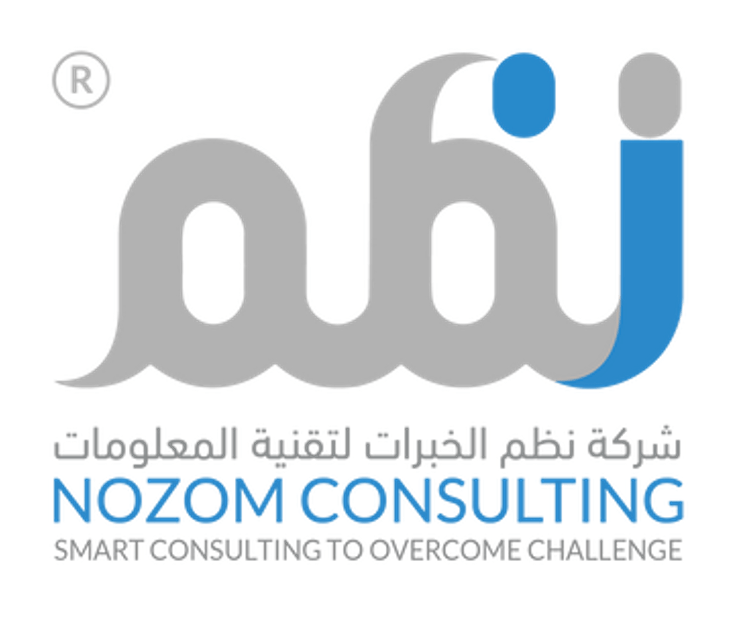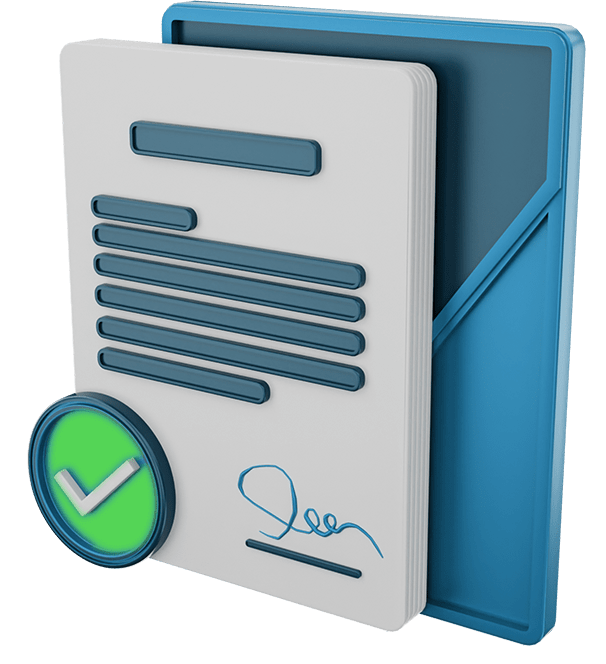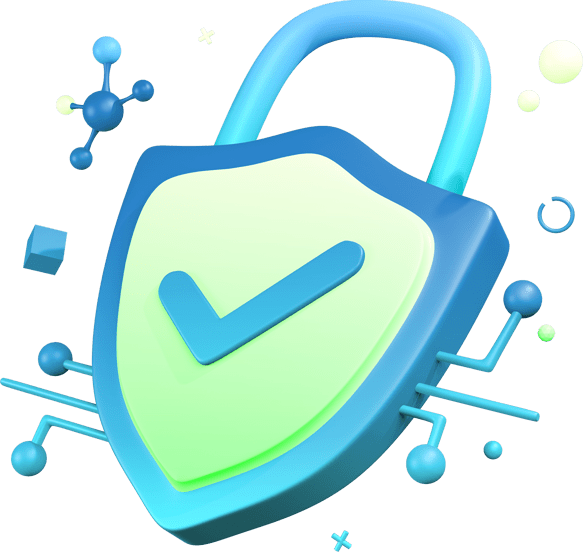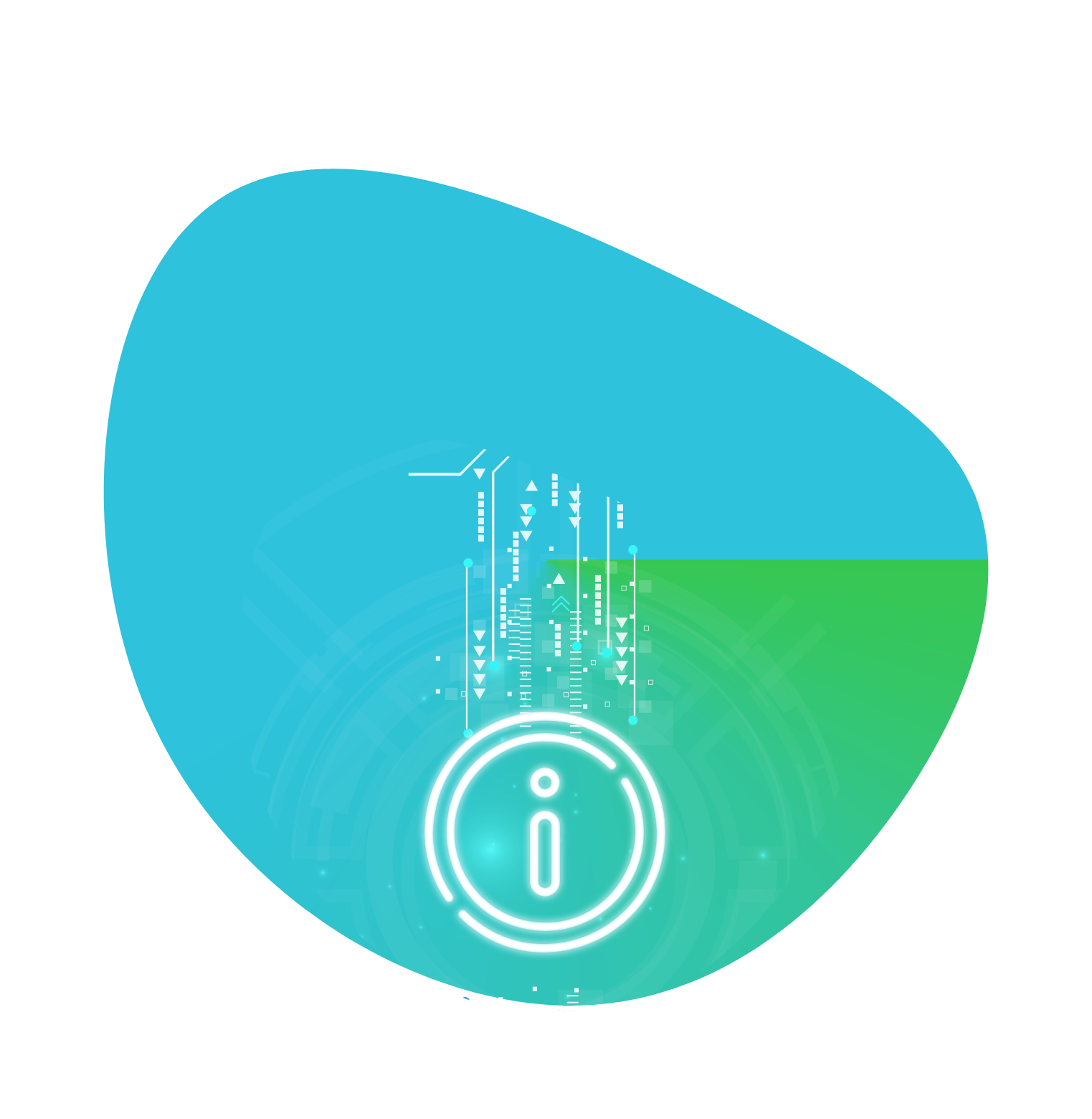Enterprise Architecture Reference Model
A reusable blueprint for consistent design: common vocabularies, patterns, and standards that speed delivery and reduce risk.
Why it matters
Reference models give teams a shared language and set of patterns to design solutions consistently—improving speed, interoperability, and auditability. Good practice anchors them in TOGAF® guidance and expresses them clearly with ArchiMate® viewpoints; ISO/IEC/IEEE 42010 ensures views/viewpoints are defined for actual stakeholders. In Saudi public entities, NORA explicitly calls for building reference models as part of the EA lifecycle.
How the Reference Model is built
- Scope & Structure: Define the reference model set across business, data, application, and technology layers with traceability between them (capabilities ↔ data domains ↔ applications ↔ platforms). (TOGAF®/Library).
- Business Reference Model (BRM): Capability map and value streams; common definitions to avoid duplicate functions and to guide portfolio choices. (Capability-based planning).
- Data Reference Model (DRM): Domain taxonomy, critical data entities, ownership/stewardship, and exchange semantics to support interoperability and governance. (ISO 42010 views/viewpoints; ArchiMate® data views).
- Application Reference Model (ARM): Catalog and logical groupings (e.g., ERP, CRM, ECM, IAM), fit-for-purpose criteria, and “keep/transform/retire” guidance to reduce duplication. (Reference architecture/library concepts).
- Technology Reference Model (TRM): Standard platform stacks (cloud landing zones, integration runtimes, observability, end-user platforms) with product versions and life-cycle status. (TOGAF® reference library).
- Integration & Security Patterns: API and event-driven patterns, canonical data formats, and zero-trust principles expressed as reusable views and checklists. (ArchiMate® viewpoints; ISO 42010).
- Viewpoints & Notation: Standard stakeholder-oriented ArchiMate® viewpoints (executive capability heatmap, solution context, integration map, data lineage) and a style guide for uniform diagrams.
- Governance & Change Control: Risk-based exception process, decision logs, and periodic refresh to keep reference models current as products and standards evolve. (TOGAF® governance concepts).
- Repository & Reuse: Reference library in the EA repository with templates, model kinds, and quality checks; links to portfolio tools to measure standards adoption. (TOGAF® repository/library).
- Public-sector alignment (as needed): Cross-reference to NORA stage “Build Reference Models” and related artifacts for accreditation readiness.









